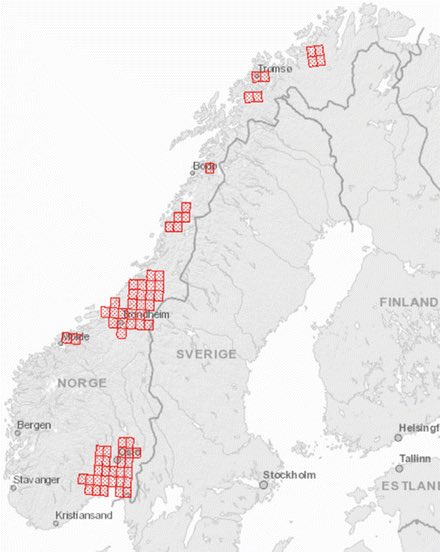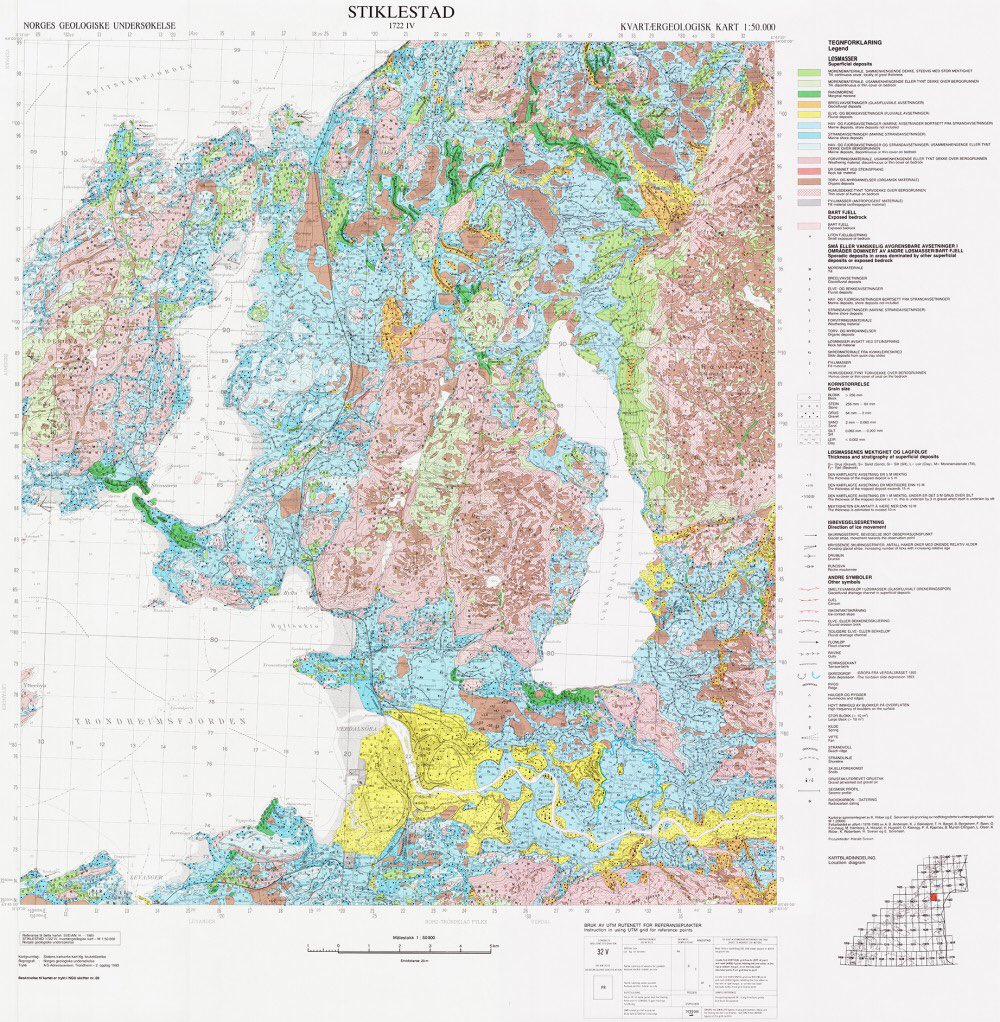A: This is a quickclay landslide.
Everyone is ok, even the dog. The science is spectacular in an unnerving sort of way.
Add water that washes away the salt and... it all collapses.
They’ll also collapse if you add too much weight on top of them (load them too much).
What does collapse look like? When a solid clay just kinda oozes into a goop & flows away:
The 1978 Rissa quickclay disaster is beyond fascinating, and was triggered by weight of a freaking tiny 700m3 earth dam.
Video (yes, those are houses flowing past):
Report: issmge.org/uploads/public…
Hazard ID: ngu.no/en/topic/quick…
Hazard mapping: ngu.no/en/topic/mappi…
Improved methods: link.springer.com/chapter/10.100…


Adding wells to inject potassium chloride (sylvite, a lickable mineral cousin of halite) seems to make quickclay less sensitive: nrcresearchpress.com/doi/full/10.11…
Mitigation would be expensive & difficult: aimspress.com/article/10.393…
Landslides have human-centric speed classification. Faster than walking but you can outrun? Rapid.
Turns out I’m shit at explaining geology when distracted by hoping police won’t violently explode on protestors. Humans scare me more than rocks.
A: Nope.
1. Every structure would be more load that could’ve destabilized it sooner.
2. The clay collapsed. The ground was behaving like a fluid, not a solid. You can’t pin fluids.
A: Nope! Liquefaction is when saturated sediment is agitated (like by an earthquake), jiggling grains to be more tightly packed.
Quicksand is liquefaction in saturated sand, like by bouncing on a wet beach.
This landslide was documented by Jan Egi Bakkeby. That’s his video.
The same Bakkeby whose home is falling into the ocean.
The same Bakkeby who fled & ran to safety when the landslide started.
That’s why the video starts partway through the landslide.
A: Unlikely. The ground was inherently unstable. It collapsed because of its structure, not wave attack from below
Exact trigger may never be known, but it’s often as simple as moving around piles of dirt
Their initial investigation points at recent rapid melt of heavy snowpack saturating the ground. That influx of freshwater could’ve dissolved salt, triggering the landslide:
1 full-time home
3-4 holiday homes (translation unclear)
Remainder boathouses & outbuildings







